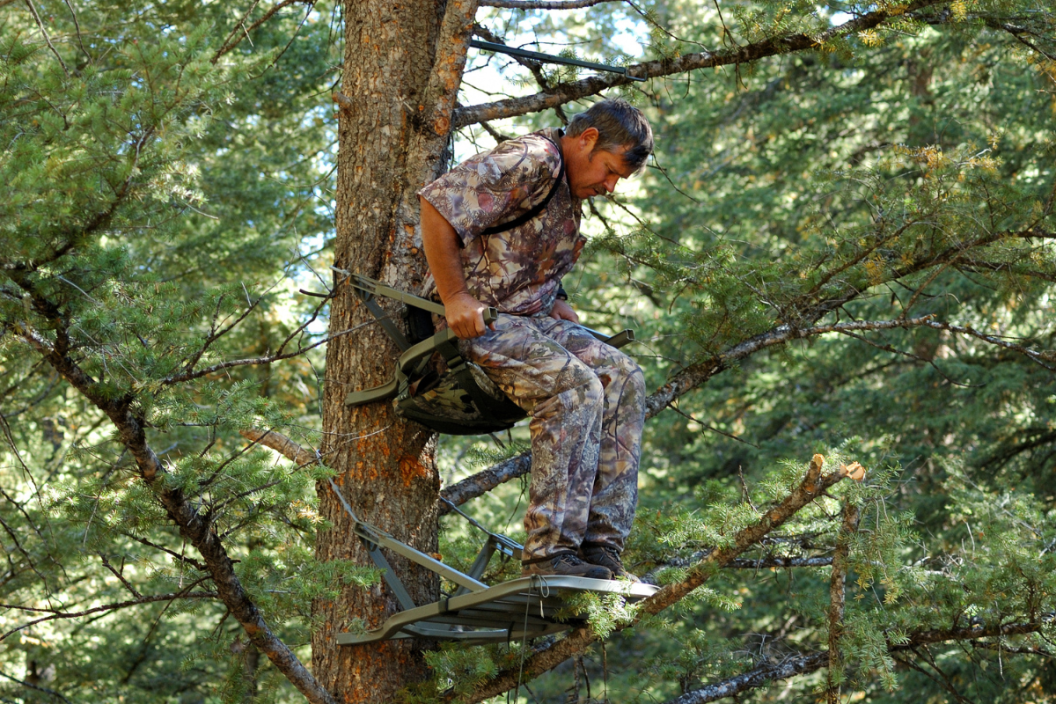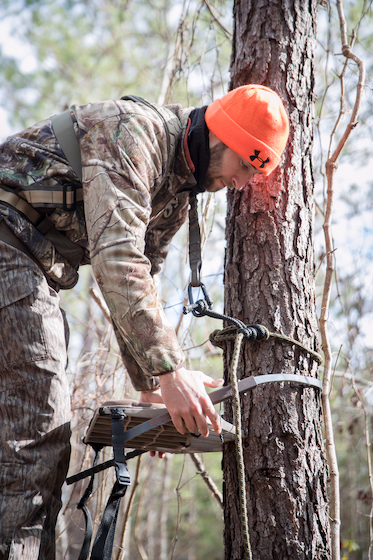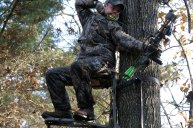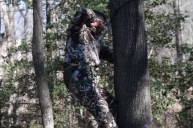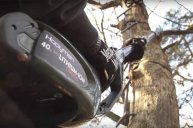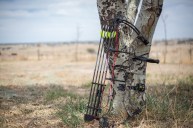As hunters, we know that despite hunting season only being a few months long per year, the work we do to prepare and strategize is 24/7, 365 days a year. Some of that work is more fun than others. Such as placing trail cameras, shed hunting, and maybe even creating food plots. Treestand maintenance post-season isn't quite so fun-but it is super necessary.
No one enjoys putting up treestands and taking them down, at least not really. But a successful hunt demands it, and so does the safety and well-being of yourself and whoever else hunts your property.
We like to think that since treestands cost a pretty penny, they should be able to withstand multiple seasons of being out in the woods. And while shamefully, I have done this, it's not a wise decision. Anything left outside year-round will experience the brutal conditions of nature, and durability will suffer because of this. I don't know about you, but I wouldn't want to compromise the effectiveness of one of my most essential pieces of gear because I don't want to spend 15 minutes taking it down.
I take a few treestand maintenance steps before and after every season to improve the safety and success of my hunts.
Take Treestands Down
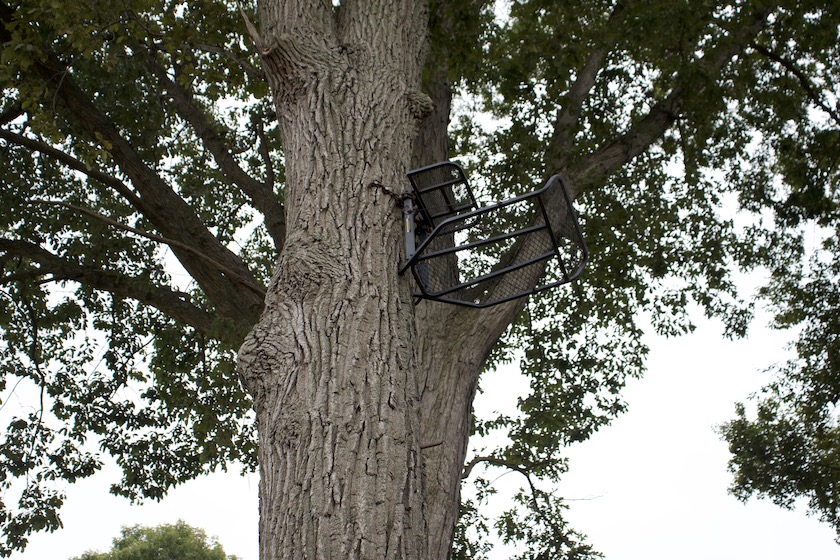
SooyShots via Getty Images
Most people reading this probably think it is crazy to do at the end of every season, but trust me, it's needed. Most treestand manufacturers will suggest only keeping a stand out for at most two months at a time if you want to ensure quality and durability. I have found that's a very conservative approach and that leaving them up for an entire season is OK.
Some of you might leave treestands up for several years at a time. It's a risky game to play. Treestands get exposed to brutal weather conditions, suffer curious animals poking around seats and straps, and tree warping. Any of these can compromise the integrity of the stand's durability.
You wouldn't leave your bow or gun outside for even a full day, much less several years. Treestands are also essential pieces of gear and investments you should take care of. Practice good treestand maintenance and bring them down at the end of your season.
Inspect Your Treestands
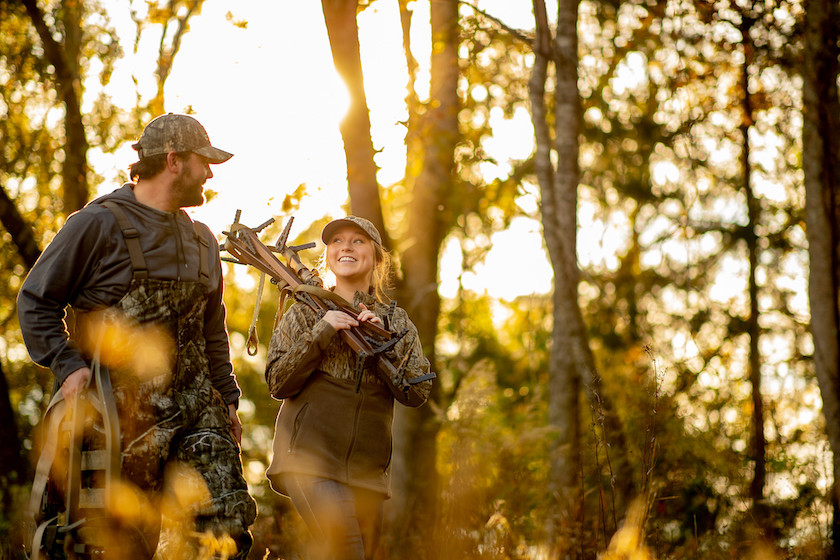
Mossy Oak
After I take down my treestands after the season, I like to review all of my stands' components. Sometimes I disassemble them and put them back together to ensure that everything is clean and tight.
The straps are one of the most critical parts of treestand maintenance. Squirrels chew on them, demanding weather conditions put heavy wear on them, and tree warping causes stress on the straps, depending on how long you have had the stand up. If you're ever in doubt about whether or not a strap is salvageable, it's always better to go ahead and replace them. Most treestand manufacturers sell universal straps that you can buy for less than $20.
Store Your Treestand
After you have inspected and reassembled your treestand, ensuring nothing needs replacing or fixing, it's time to store your stand for the off-season. It would help if you kept your treestands in areas unaffected by changing weather conditions.
I like to keep my treestands in a dry, climate-controlled area where they aren't affected by water or sun exposure, and there is no chance of pests chewing on them. For me, this generally is my basement, but a garage or insulated barn would work perfectly for post-season treestand maintenance.
Breaking it Back Out
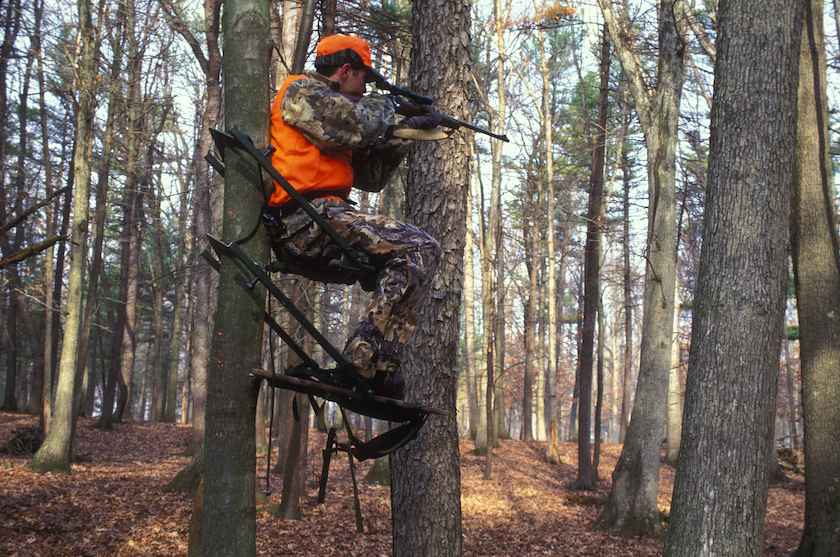
Maslowski Steve, U.S. Fish and Wildlife Service, Public domain, via Wikimedia Commons
As the season approaches, don't until the day before the opening weekend to get your stands out and hung. Not only will this procrastination cause you to overlook things naturally, but it will also create unnecessary pressure on the area you're hunting. It's best to let the property rest right before the opener.
About a month before the season opener, I take my treestands out of storage and do one last final inspection of parts and components to ensure they are safe to use.
This becomes a great time to adjust where you hang your stands based on your summer scouting. Don't feel that you have to put your stands in the same spot as the year prior. Adapt to what your trail cameras are telling you, and make sure you have easy entry and exit routes.
As you hang your stands, ensure you're wearing your safety harness, and it's always better to have a friend with you just in case you need help. After hanging the stand, I like to ensure I have adequate cover and clear shooting lanes. The last thing you want is to be 20 feet up and have your target buck walk by with no clear shooting window. I've been there.
Although treestand injuries and fatalities are sporadic, you must take every safety precaution regarding your gear. Not only will this post-season treestand maintenance prevent an accident, but having reliable and safe equipment will improve your hunting odds significantly. Like any of our hunting gear, if you take care of it, it'll take care of you when the season rolls around.
